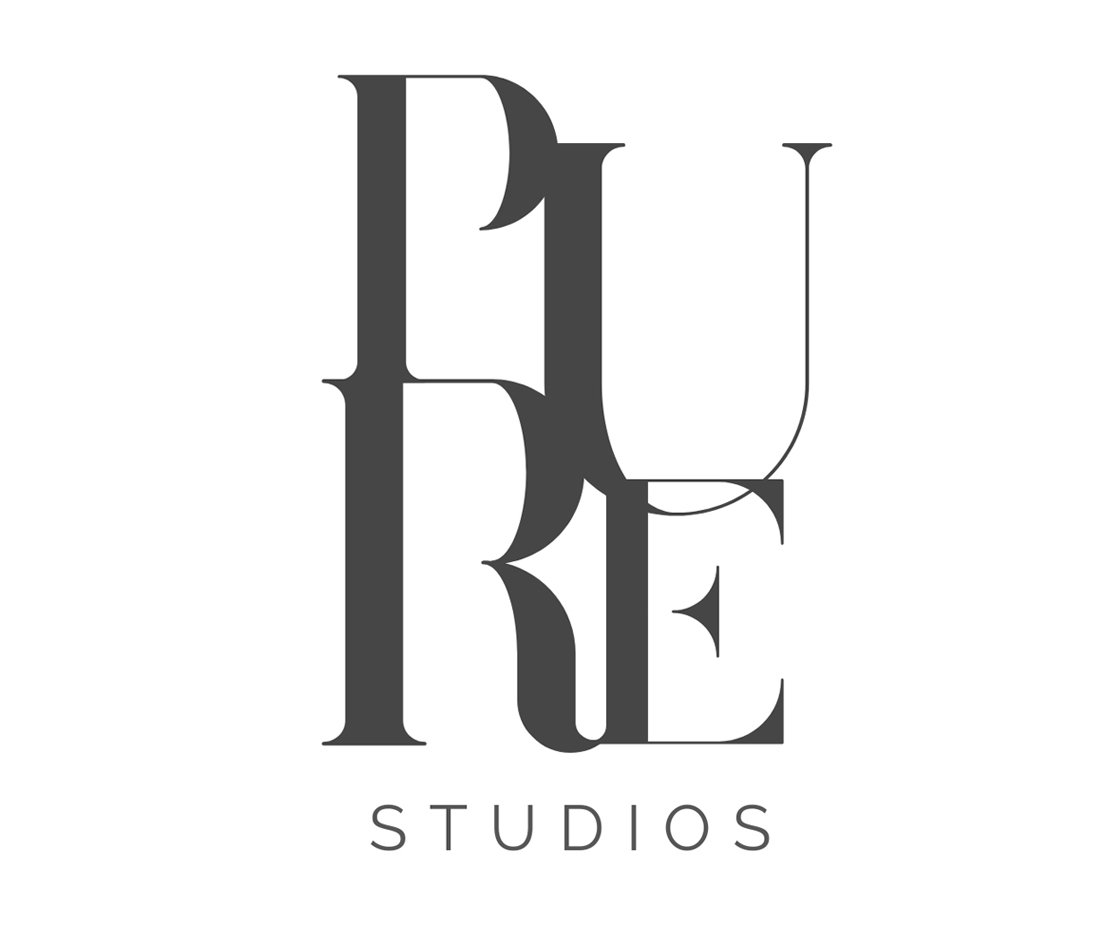Our December Guest Blogger is Wendy Hicken, Interior Designer Business Coach who has taught countless professionals how to establish successful and sustainable companies. Wendy shares 6 most powerful CEO Mindset Beliefs with us.
All business leaders must be confident and resilient if they want to be successful.
But I believe that when your business also requires putting your art out there for the world to see, even more confidence and boldness is required.
I often work with interior designers who want to be taken more seriously. They’re ready to step up their professional game and although their design skills are solid, they struggle to adopt the CEO mindset that they need to level up from a hobby to a business.
To help them build that CEO mindset, I encourage them to pay more attention to the stories they’re telling about themselves and their work.
Changing how they see themselves — changing their beliefs — isn’t easy. However, by embracing and returning to a handful of “power beliefs,” we can learn to change doubts and fears into gratitude and resolve.
The Relationship Between Beliefs and Behavior
Our habits and our beliefs have an interesting relationship with one another.
One one hand, the things that we say and do each day can help change our feelings about ourselves.
For example, the language you use during design presentations can change how confident you sound and feel. And paying attention to your body language and the way you carry yourself during client meetings, such as standing up straight and walking purposefully, can truly help you feel more confident.
In a way, trying to change our habits (the phrases we use, for example) is a lot simpler than diving deeper to change the stories we tell about ourselves. It’s especially hard to change our self-beliefs because in many cases, we’re not consciously aware that we even have them.
But significant, long-term behavioral changes boosts have to come from changes in the stories we are playing over and over in our heads about ourselves and our work.
Embracing Power Beliefs
You can use the following simple but fundamental “power beliefs” to help negate doubt and negative self-talk.
Not all of them will resonate with you, and you don’t have to internalize them all at once. Start with the ones that speak to the insecurities you face most often and make them your own.
I am enough.
The things that hold many of us back from taking risks and living boldly are usually: The fear of failure and rejection.
If you can internalize the fact that your worth as a person doesn’t come from what you accomplish, but rather comes from within, you’ll be much more resilient in the face of setbacks.
It’s very freeing to recognize that many of your actions have been influenced by the expectations or need for acceptance from others. Acknowledging the source of those anxieties and pressures is the first step in getting rid of them.
You shouldn’t be working to prove something to other people, or even to make a statement to the world about who you are. You should be doing it because it’s your passion, and it’s how you prefer to spend your time.
2. I choose to take action.
Feelings of insecurity can be paralyzing. Especially when things go wrong with one of your projects, as your first instinct may be to wait, to try to place blame, or throw your hands up in frustration.
In these situations, you can change the narrative from one where you’re the helpless victim of bad luck to one where you’re in control. Deciding that you will be active instead of passive can feel empowering, and it’s also a good business practice. Your clients want to work with people who take full responsibility for the job they’ve been hired to do.
You can’t control what happens to you, but you always have some power over how you choose to react.
3. It’s not about me.
Sometimes, doubt starts to creep in regarding whether you’re qualified to be working a certain job. You start worrying about your own skills, your own experiences, and whether you’re up for the task. You may find yourself procrastinating or delivering work that doesn’t reflect your true abilities.
In these instances, it’s time to re-focus on the client’s needs. The work you’re doing is about the people who came to you for help. They have a need. Refocus on that and do the work.
4. Zoom out for the best perspective.
It’s human nature to focus on the negative.
We can be so frustrated with the obstacles in front of us that we forget to look back at how much we’ve already accomplished to get where we are today.
According to this Health.com column, scientists call this the “horizon effect”. Long distance runners use it to keep themselves going. Rather than focus on the grueling miles ahead, they focus on the ones they’ve already finished.
You’ve already undoubtedly gone through a lot to land your clients, even if you’re still relatively new. Think about what you’ve already accomplished and then stay focused on that to stay motivated.
We can also lose sight of the fact that the issues we’re currently facing are just one small step on the long-term journey of our careers. When you zoom out, though, it becomes clear that setbacks are a natural part of our journeys that you can take in stride.
5. Nothing good happens in comfort zones.
People naturally avoid situations where they’re going to feel uncomfortable. But as I wrote in my post on the topic, successful people don’t just tolerate discomfort. They actively seek it out.
They know that they can’t grow and improve when they’re doing the same things they’ve always done. They thrive on challenging themselves. If you’re feeling uncomfortable, it just might be that you’re doing something right.
If you’re going to get serious about running a business, you have to be bold and adapt quickly. New experiences, new problems, and a willingness to dive into the unknown and explore will serve you well.
6. I am certain of success.
As long as you are committed to seeing a project through, you’re bound to get good results for your client in the end.
Some projects take longer than others, and some have bumps in the road. But if you can internalize the fact that eventually, you WILL come up with something the client loves, you’ll find that you have more confidence as you work.
Which Beliefs Will Serve You Best?
If you want to start acting more confident and resilient, spend more time thinking about the things that make you feel insecure and discouraged. Notice the feelings when they’re happening. Understand that you can change their underlying cause if you can reframe the stories you’re telling yourself.
I like how this Psychology Today article sums it up:
“On the individual level, real change can happen only when you recognize that it’s your responsibility to feel, think and act differently.
“It’s time to reframe the self-told stories that make you feel insecure and discouraged. ”
If these power beliefs don’t resonate with you, create your own simple mantras to return to in moments of frustration or insecurity.
About The Author
I love this thing I call work. While most are infatuated by the success destination, I appreciate the journey also. That’s where I had my AHA moment. I realized that more than anything, I was being called to help designers optimize the gap in their own road to success. Coaching, teaching and community seems like the perfect mix for me. The single best feeling for me is when my clients start to see and feel different – see more intentional results. Goosebumps. Sounds lame, but I’m so happy for their success.



